A speech, no matter what the subject, requires a speaker, an audience, and a purpose. You can think of a speech as a rhetorical triangle such as the one below.
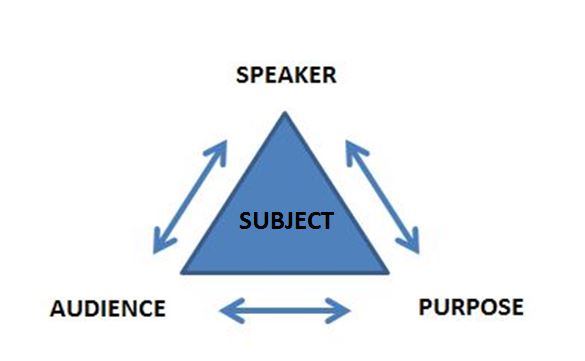
Source: Rhetorical Triangle, IPSI
Let’s first concentrate on identifying the subject, audience, and speaker of a speech. Read the excerpt below. Then, click on the correct text to highlight the subject, speaker, and audience. When you’re finished, check your understanding to see the possible responses.
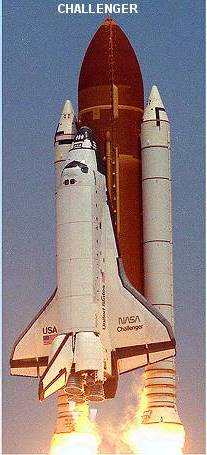
Source: Challenger Launch, Wikimedia
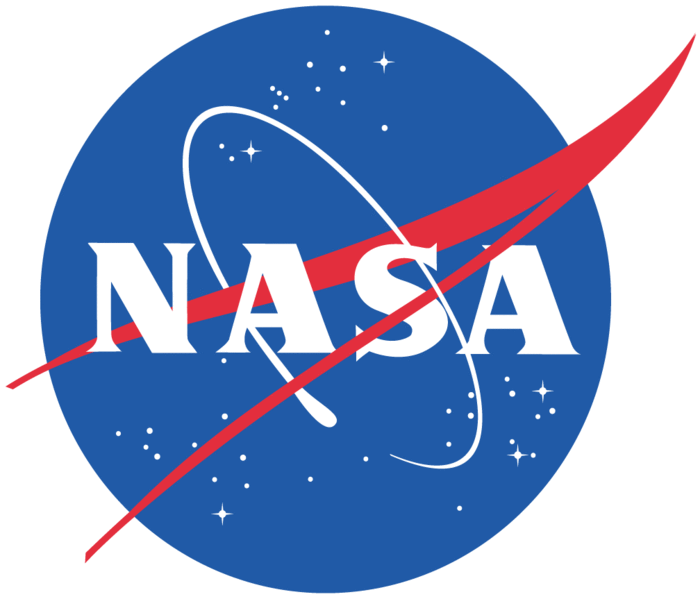
Source: Nasa-logo, NASA, Wikimedia
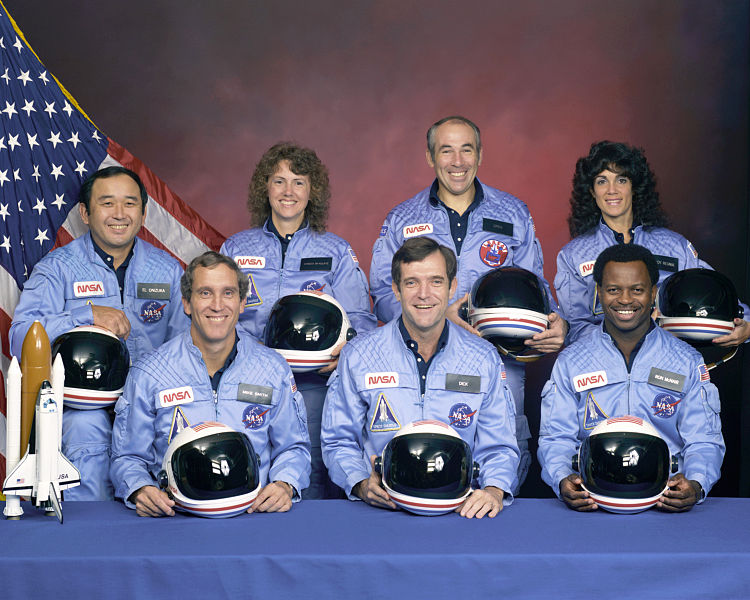
Source: Challenger flight 51-l crew, NASA, Wikimedia
. . . Today is a day for mourning and remembering the tragedy of the shuttle Challenger. We know we share this pain with all people of our country. This is truly a national loss.
Nineteen years ago, almost to the day, we lost three astronauts on the ground. But we’ve never lost an astronaut in flight. We’ve never had a tragedy like this. And perhaps we’ve forgotten the courage it took for the crew of the shuttle. But they, the Challenger Seven, were aware of the dangers, but overcame them and did their jobs brilliantly. We mourn seven heroes: Michael Smith, Dick Scobee, Judith Resnik, Ronald McNair, Ellison Onizuka, Gregory Jarvis, and Christa McAuliffe. We mourn their loss as a nation together.
—President Ronald Reagan
Sample Responses:
The subject is the explosion of the Challenger Space Shuttle, which occurred on January 26, 1986, after only 73 seconds in the air.
The audience consists of the American people who watch the broadcast of his speech.
The speaker is President Ronald Reagan, President of the United States when this event occurred in 1986.
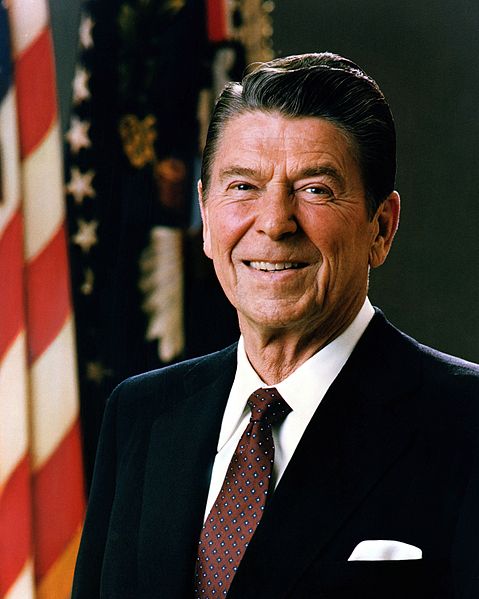
Source: Official Portrait of President Reagan 1981,
Wikimedia
Within President Reagan’s broad audience, there are some other very specific groups. If the speaker had written a letter instead of delivering a short televised speech, to whom would he have addressed it? Did you think of the families and friends of the astronauts and their colleagues in the space program?
Now, let’s try to fill in the remaining corner of the rhetorical triangle by thinking about purpose. What is President Reagan’s purpose in delivering this message? What does he want his general audience of Americans to feel while they are listening? What does he want the specific audience of families, friends, and colleagues of the astronauts to feel?
An effective way to articulate a speaker’s purpose is by constructing a phrase consisting of the preposition “to” and a verb. For example, you might say the following:
The president wants the American people to appreciate the bravery of the astronauts.
The president wants to acknowledge the grief of the astronauts’ families, friends, and colleagues.
Purpose is directly linked to audience as indicated on the rhetorical triangle. In the next section of the lesson, you will learn more about persuasive techniques and their relation to the rhetorical triangle.